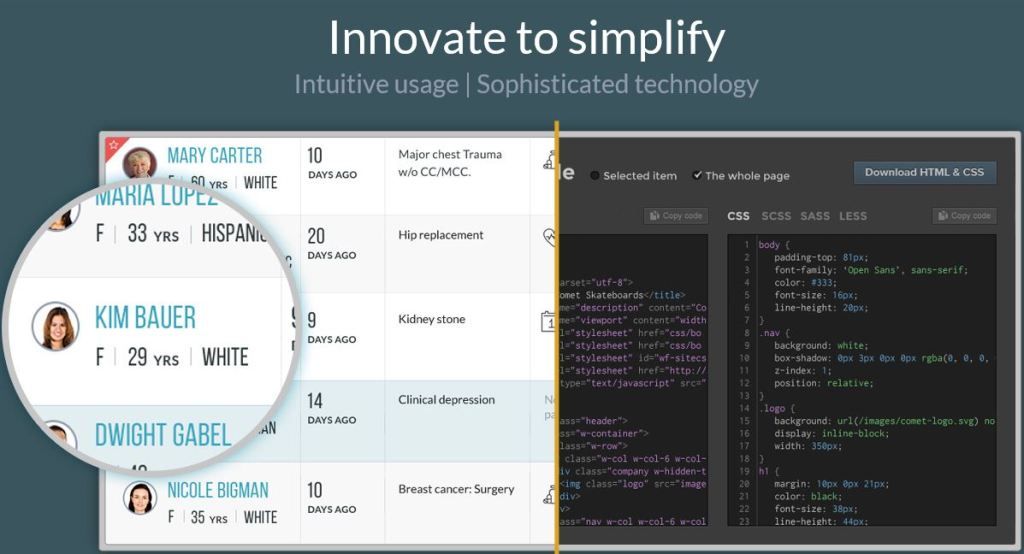 The Disease Management Care Blog is ashamed to admit that 'Patient-Centered Medical Care' (PCMC) has been treated by it as something of an afterthought. What is this concept and what are the implications for disease management?
The Disease Management Care Blog is ashamed to admit that 'Patient-Centered Medical Care' (PCMC) has been treated by it as something of an afterthought. What is this concept and what are the implications for disease management?It turns out that the famous Crossing the Quality Chasm report has included ‘patient centeredness’ as one of the six pillars for the reform of healthcare. In order to achieve this, health care delivery should be customized based on the patient’s values, have open sharing of information, be evidence based and placed under the ultimate control of the patient. There is a good review on the topic here.
1) health care delivery will need to be far more flexible and accommodate a range of patient preferences, including doing nothing to being highly aggressive.
2) variation, that bane of the Dartmouth Atlas, the NCQA and quality improvement weenies everywhere could turn out to be a good thing if it is the result of truly empowered patients using their own values and preferences.
3) measurement of 'quality' will be a heluva lot more difficult, since the ‘denominator’ will need to be based on what a reasonable fully informed patient would have chosen for treatment of their back pain, management of their diabetes or use of the ICU with life threatening illness at the age of 90. That reasonableness includes getting an MRI anyway, opting for an A1c of 7.2 and having everything done even if the chance of survival is less than 1%.
4) insurers should embrace it because, in balance, when reasonable patients are fully informed about the risks, benefits and alternatives to various treatment options, proportionately more opt for less invasive (and therefore less expensive and possibly higher value) treatment.
5) once again, disease management should have a huge role to play because it has the resources and institutional intelligence to pull off fully informed patient empowerment. In fact, the DMCB believes disease management organizations should not only emphasize 'PCMC' as part of its suite of services and embrace it as part of its policy advocacy.












3 comments:
Jaan - long before IOM tipped a hat toward patient-centeredness in CTQC, the Picker Institute promulgated principles of patient-centered care - see Gerteis, Margaret, Susan Edgman-Levitan, Jennifer Daley, and Thomas L. Delbanco, editors. Through the Patient’s Eyes, Picker/Commonwealth Program for Patient-Centered Care, Jossey-Bass, 1993. It's a sobering reminder of how slow our progress is in this regard, and how dense our status quo inertia can be.
As a primary care doc I try to tailor the patients care with his/her wishes. I document it and when the chart reviwers arrive, it counts nothing for NCQA. I am then penalized. But as a primary care doc, I still tailor the care. I only fear a disgruntled relative hiring a plaintiffs atty on behalf of an angry estate to avenge an informed and dignified demise.
Dr. Norman points out that patient centeredness is not necessarily a new phenomenon. In fact, its lingering presence on the healthcare landscape is evidence of how hidebound healthcare can be. I agree that for the foreseeable future, talking (and blogging) will exceed any action on the topic.
I suspect anonymous is far closer to to the action than either Dr. Norman or I. It deserves a lot of attention. There are some good points here. The NCQA, for all its preciseness and attention to methodology, is still unable to interpret the nuances of medical record-documented joint medical decision making in a way that legitimately awards credit at the individual provider level. I also share anonymous' distrust of a rapacious plaintiff's bar. The good news, however, is that careful documentation of the patients' wishes is ultimately the best (but not failsafe) defense.
Post a Comment